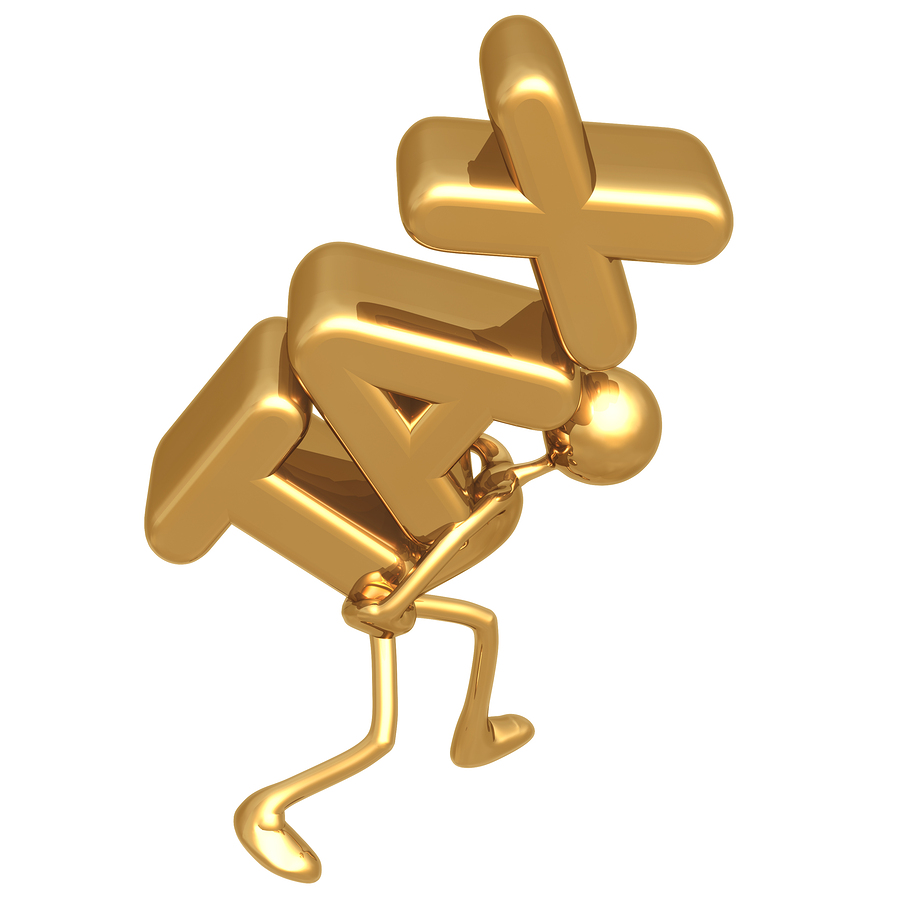Business rates are a tax on property that is used for commercial purposes, most buildings that aren’t aren’t for people to live in. It is separate to the other taxes that business owners must pay, like income tax, employee National Insurance Contributions, Corporation tax and VAT. In essence, it means that any business with bricks and mortar property pays more tax than those that don’t.
What kind of businesses have to pay business rates?
According to GOV.UK, “Business rates are charged on most non-domestic properties, like: shops, offices, pubs, warehouses, factories, holiday rental homes or guest houses.” The type of business you run doesn’t matter, just the fact that you have property you work from. Sometimes this includes people who work out of part of their own home, or have a flat above their shop.
How are business rates administered?
Business rates are set based on the property’s “rateable value”. This is a combination of its estimated rental value and an applied “multiplier”. Your business premises rateable value should be adjusted every five years by the Valuation Office Agency. This government body alters the multiplier and the rateable value, taking inflation and the wider rental market movements into consideration.
Where does the money from business rates go?
Business rates are collected by local councils. They can keep 40% of the total for the local council budget and the rest goes into the central government pot. As part of their devolved powers, both Scotland and Wales have some control over setting their business rates.
How much do businesses pay in business rates?
Collectively, businesses lose around £8bn every year just on business rates. Sometimes their business rates bill is higher than the rent they pay on their property or their corporation tax total.
Why are business rates such a hot topic?
It is often stated, by both MPs and industry experts, that increasing business rates are a major factor in the demise of the UK’s high streets. As more and more big name retailers, like Poundworld and Toys R Us, are being forced out of business or having to consider aggressive restructuring to stay afloat. Whilst shoppers choosing to spend online is often cited as the biggest factor in this, it is not as simple as that and business rates form a large part of the more complicated, bigger picture.
The Federation of Small Businesses has an ongoing business rates campaign, they state:
“…this system is out-dated, unfair and not related to the ability to pay, or changing economic circumstances. As a result, they are consistently the third highest cost for small businesses after staff and rent.We believe UK small businesses should not be burdened by an expensive, inflexible and unfair tax. Our campaigning has seen the Chancellor announce a review of the current, outdated system. We want small firms to benefit from a fairer, more flexible system that doesn’t discourage growth and investment.”
What is the government’s position?
In 2017, the government revalued business rates and they rose considerably. For example, it is widely reported that M&S closed their Covent Garden store in London because the business rates on that property went up by nearly £500,000 during one year. As reported in the FT, M&S chief executive, Steve Rowe, said that this tax is “an unfair burden of taxation directly contributing to the challenges the high street is facing. These challenges will continue until the system is reformed to create a level playing field between high street and online retailers.”
Reports about this Autumn’s Budget say that the Chancellor is intending to reduce the business rate burden for small businesses, in order to boost the flagging high street.
A ‘small business’ in this instance is defined as a retailer with business property that has a maximum rateable value of £51,000. So the prediction from the Treasury is that 50,000 businesses will save money from the new £900m business rates tax relief that will be announced. Over 90% of small businesses will see some benefit and some will be able to save up to one third of their current business rates bill.
This is only applicable to small businesses, there is no news about overhauling the system in its entirety or supporting larger companies with their business rates burden. We’ll have to wait and see if there are any surprises.


